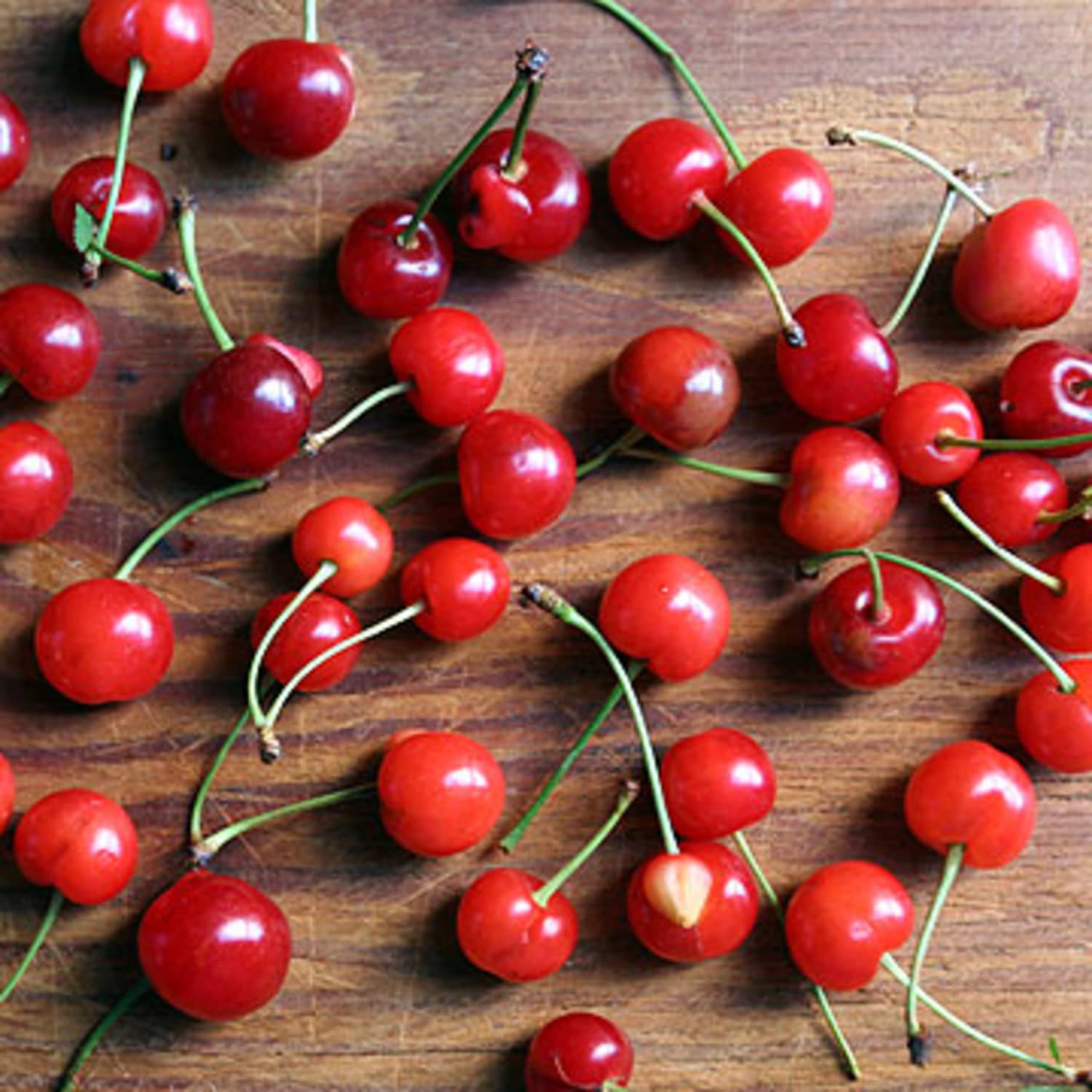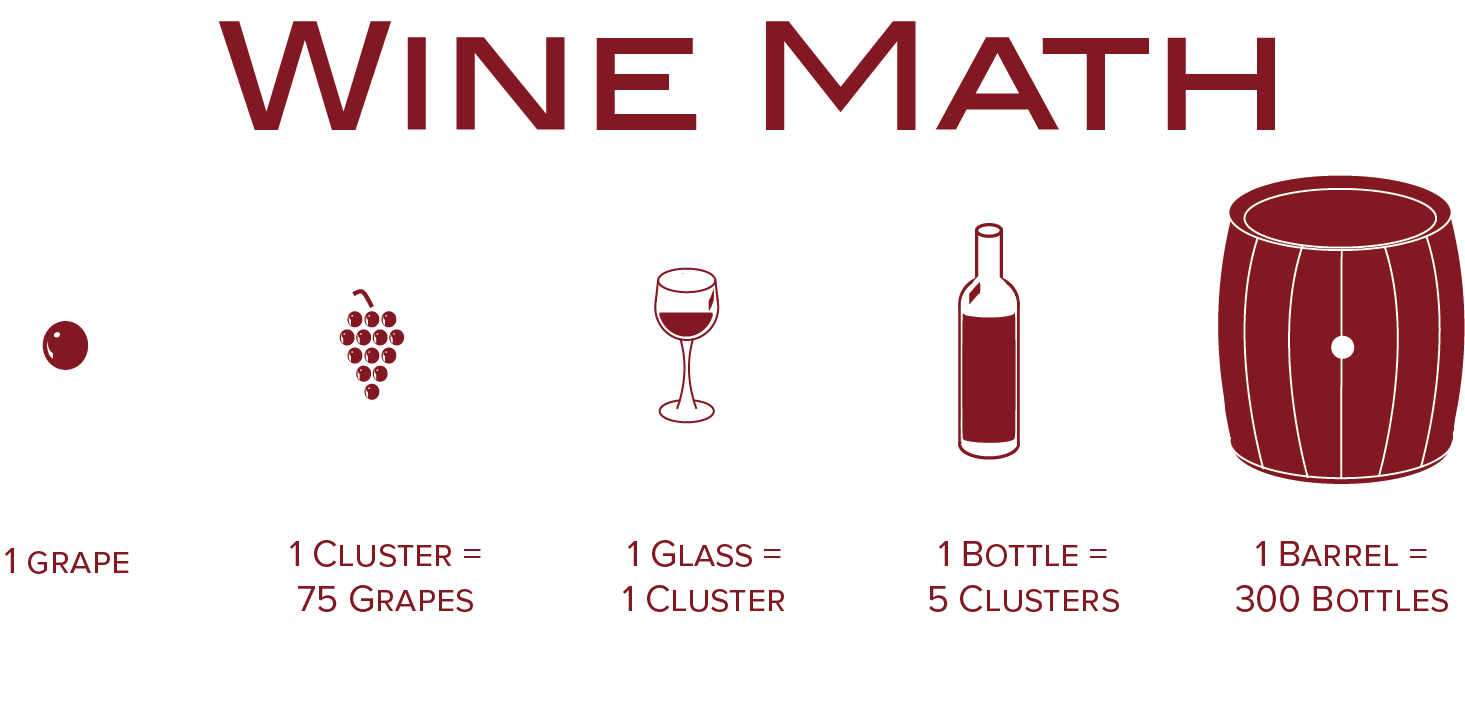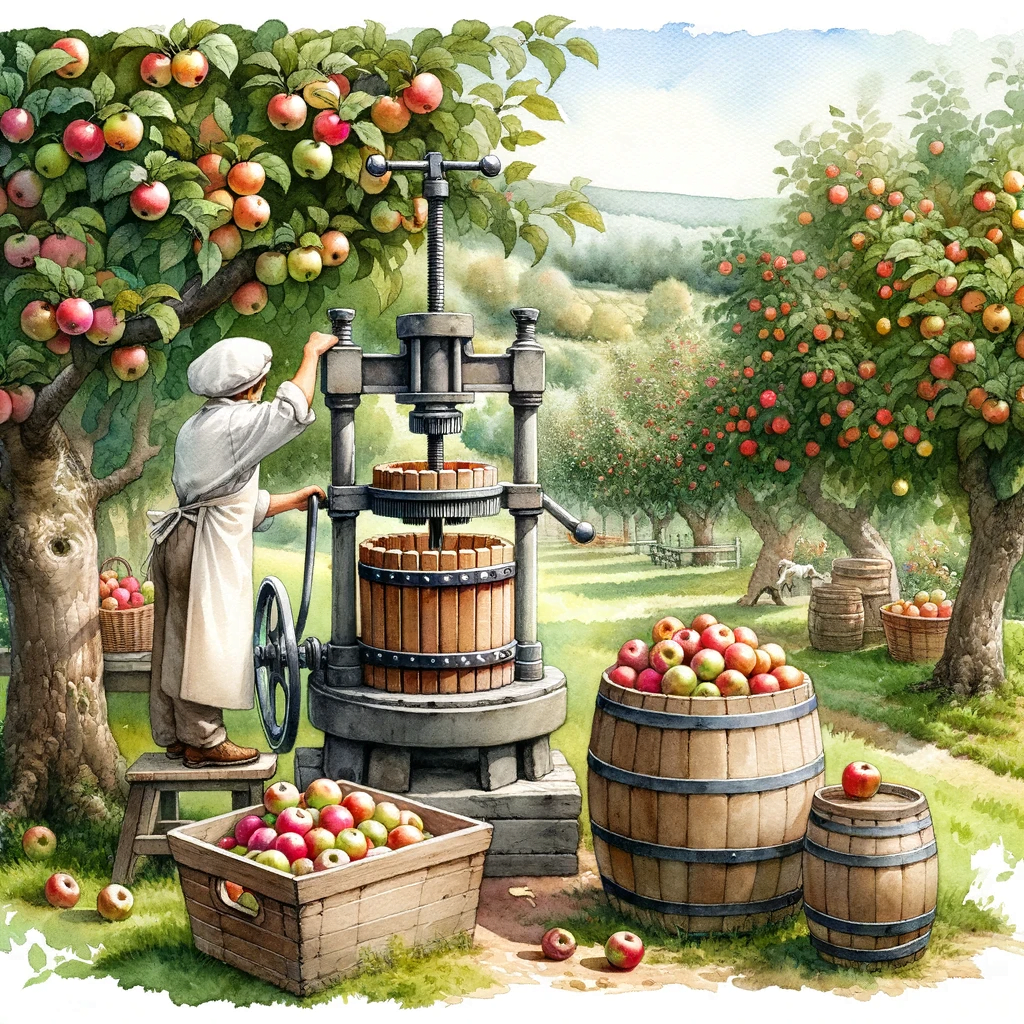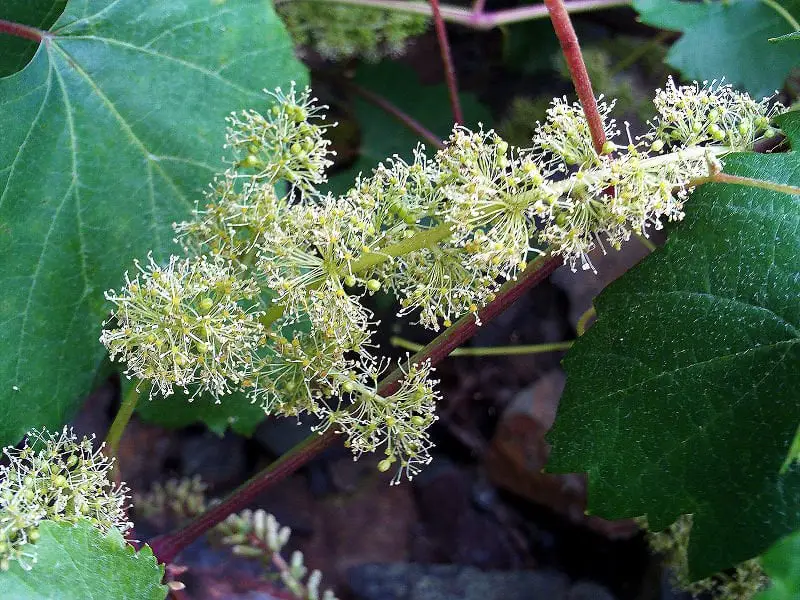Sour cherries, known for their tangy flavor and vibrant red color, are a beloved fruit that many look forward to enjoying each year. But when exactly are these delectable cherries in season? Discovering the perfect time to indulge in the tart sweetness of sour cherries can be a crucial factor for both avid gardeners and culinary enthusiasts alike. From their ideal growing conditions to the best times to harvest, this article unravels the mystery surrounding the seasonality of sour cherries. So, whether you’re planning your next baking adventure or simply craving a taste of nature’s sour delight, read on to find out when sour cherries are at their prime.
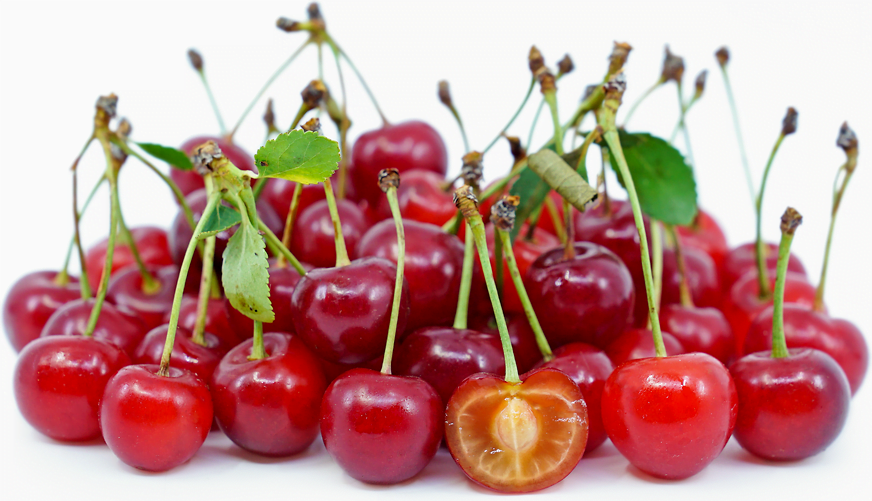
Overview of Sour Cherries
Sour cherries, also known as tart cherries, are a popular fruit known for their distinctive sour taste. They belong to the same family as sweet cherries but have a more intense flavor. These cherries are smaller in size and have a bright, vibrant red color.
What are sour cherries?
Sour cherries are a type of cherry that is specifically cultivated for its tart taste. They are often used in culinary preparations such as pies, jams, and juices. Unlike sweet cherries, which are commonly eaten fresh, sour cherries are typically processed due to their sourness.
Taste and culinary uses
Sour cherries possess a sharp and tangy flavor that sets them apart from their sweet counterparts. Their tartness provides a unique contrast in various recipes, adding depth and complexity to dishes. They are frequently used in baking, where their bold flavor shines in cherry pies, tarts, and desserts. Additionally, sour cherries make delicious preserves, sauces, and compotes.
Health benefits of sour cherries
In addition to their delightful taste, sour cherries offer numerous health benefits. They are rich in antioxidants, specifically melatonin and anthocyanins, which have been linked to reducing inflammation and combating oxidative stress. Studies suggest that sour cherry consumption may aid in improving sleep quality, reducing muscle soreness, and supporting heart health.
Sour Cherry Varieties
Sour cherries come in various types, each with its unique characteristics and flavor profiles. Understanding these different varieties can help you choose the right cherries for your specific needs.
Common types of sour cherries
Montmorency: This variety is the most popular type of sour cherry, known for its bright red color and rich flavor. Montmorency cherries are often used in baking and canning due to their excellent balance of sweetness and acidity.
Balaton: With a slightly sweeter taste than Montmorency cherries, Balaton cherries are an excellent choice for eating fresh or using in culinary creations. They have a darker red hue and a firmer texture, making them ideal for preserving.
Varieties for different regions
While Montmorency and Balaton are commonly grown and available across the United States, different regions may have specific sour cherry varieties that thrive in their climates. For example, the English Morello is popular in Europe, while the North Star is well-suited for colder regions with shorter growing seasons.
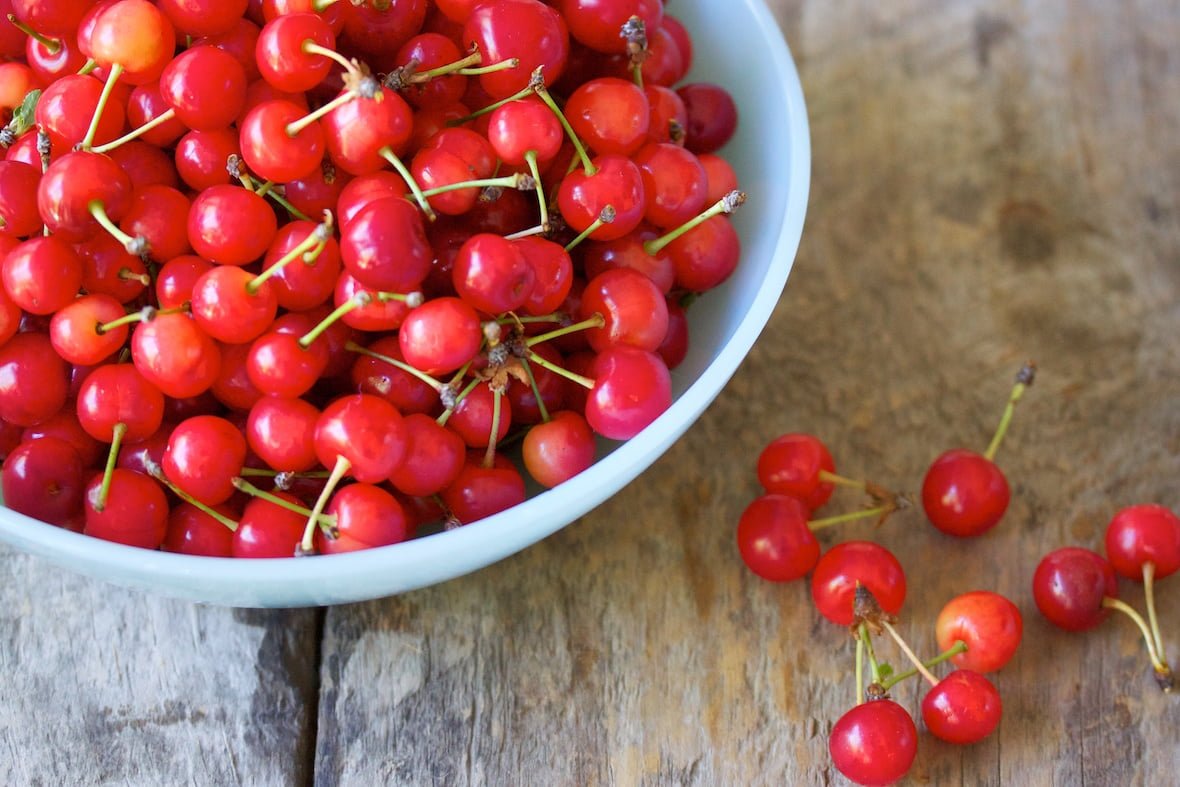
Factors Affecting the Season
Several factors influence the seasonality of sour cherries. It is essential to consider these factors in understanding when sour cherries are in season and how their availability may vary in different regions.
Geographical considerations
Sour cherries are grown in various regions worldwide, including the United States, Canada, Europe, and Asia. The specific geographical location plays a significant role in determining the cherry’s growing season. Different regions have varying climates, soil conditions, and sunlight exposure, all of which affect when sour cherries are ready for harvest.
Climate and weather impact
Sour cherries thrive in temperate climates, where they require a period of winter dormancy followed by a specific number of chill hours. Warm, mild winters or late-season frosts can disrupt the cherry tree’s growth cycle and impact the fruit’s quality and harvest time. Adequate rainfall and sunlight during the growing months also contribute to the cherry tree’s overall health and fruit production.
Regional variations
Due to the unique combination of geographical factors, different regions experience variations in sour cherry seasons. For instance, sour cherries in the United States are typically harvested from late June to early August. However, the exact timing may vary within specific states or even different parts of the same state.
Spring Blossom and Harvest
Understanding the development of sour cherries from blossoming to harvest is crucial in determining the ripening time and overall availability of these delectable fruits.
Blossoming period of sour cherry trees
Sour cherry trees blossom in the spring, usually around April or May, depending on the climate and variety. The blossoms are delicate, with beautiful white flowers covering the branches. This phase is a critical time for pollination and the formation of fruit.
Pollination and fruit formation
Sour cherry trees require cross-pollination to ensure fruit production. Bees and other insects often visit the blossoms, transferring pollen from one tree to another. Adequate pollination leads to the development of small green cherries, which gradually grow and ripen over time.
Time required for cherries to ripen
After the blossoms have been successfully pollinated, it typically takes six to eight weeks for the cherries to ripen fully. During this period, the cherries undergo various stages of growth, from small green fruits to plump, juicy cherries ready for harvest.
Typical Harvest Time
The harvest season for sour cherries generally spans a few weeks, allowing for a limited window of availability. Knowing the typical harvest time can help you plan to enjoy these delicious cherries while they are at their peak.
Harvest season range
The main sour cherry harvest season falls between late June and early August. However, specific harvesting times may differ slightly depending on the region and local growing conditions.
Local variations in harvesting
Within a given region or state, there may be variations in the exact timing of the sour cherry harvest. Factors such as microclimates, elevation, and individual orchard management practices can influence when certain cherry trees are ready for picking.
Signs of ripe sour cherries
Identifying the signs of ripe sour cherries is essential to ensure optimal flavor and sweetness. Ripe cherries have a deep red color and firmness, with the flesh easily detaching from the stem when gently pulled. Their natural sweetness should balance out the sourness, creating a pleasant and enjoyable eating experience.
Early Season Varieties
Early-blooming sour cherry varieties offer the advantage of being available earlier in the season, allowing cherry enthusiasts to enjoy their favorite fruit sooner.
Introduction to early-blooming varieties
Early season sour cherries are characterized by their ability to blossom and ripen earlier in the year compared to other varieties. These cherries are ideal for those who eagerly await the start of cherry season and want to savor their flavor as soon as possible.
Harvest time for early season cherries
Early season cherries are typically harvested in late spring or early summer, often preceding the peak season for other varieties. Depending on the region, early season cherries may be ready as early as May or June.
Popular early-season sour cherry cultivars
Some popular early-season sour cherry cultivars include:
Early Richmond: This variety ripens early in the season, producing bright red cherries with a tangy and vibrant flavor. Early Richmond cherries are commonly used in preserves and baking.
Meteor: Known for its excellent cold hardiness, Meteor cherries are an early variety that produces juicy, deep red fruit. They are equally suitable for fresh consumption or processing.
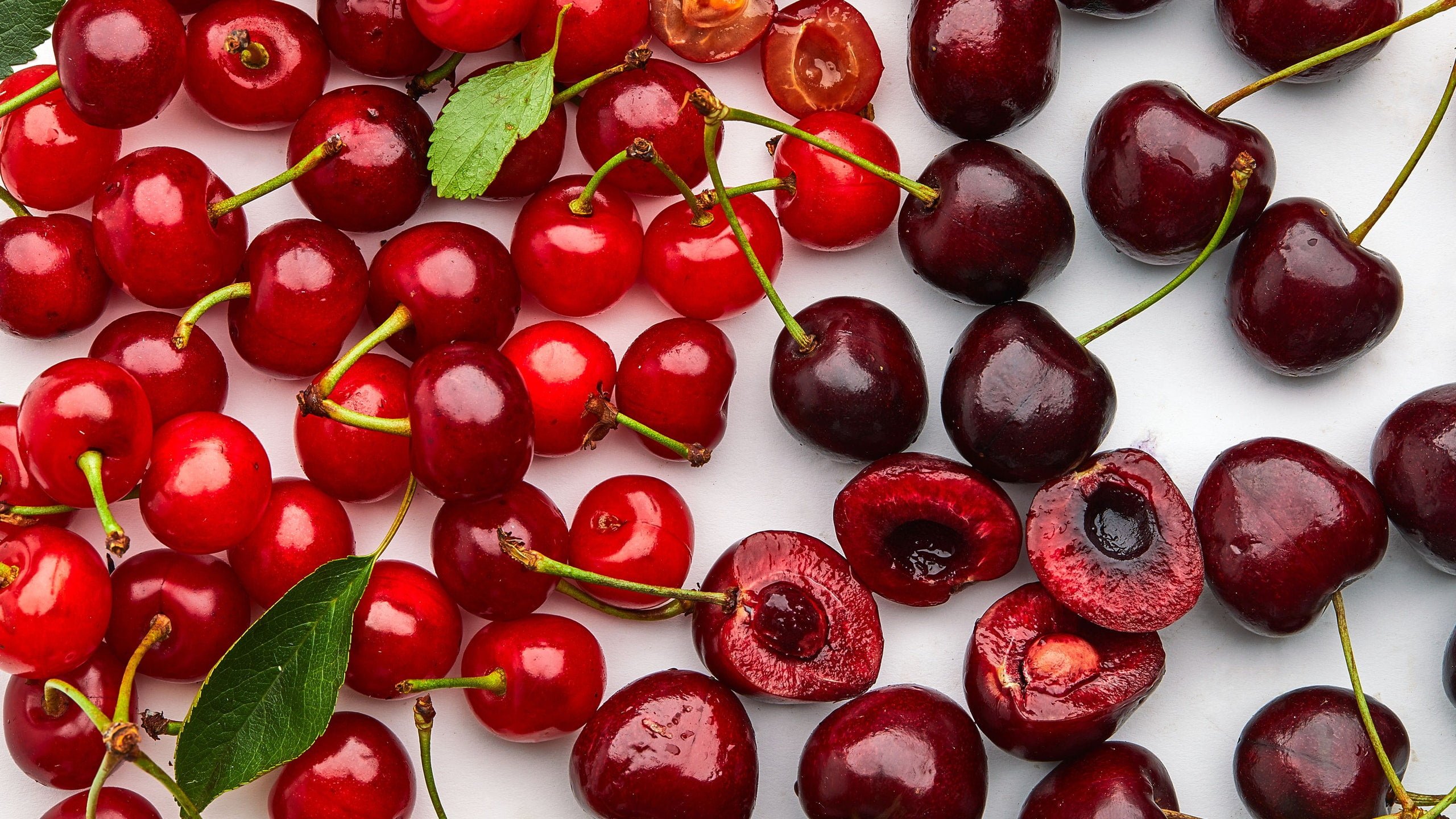
Mid-Season Varieties
Mid-season sour cherries serve as a bridge between the early and late harvests, ensuring a steady supply of cherries throughout the season.
Introduction to mid-season sour cherries
Mid-season sour cherries offer a balance between early and late varieties, providing a continuous harvest for cherry enthusiasts. These cherries often have their unique flavor profiles and are well-suited for various culinary applications.
Harvest time for mid-season cherries
Mid-season cherries are typically ready for harvest in the middle of summer, typically between late June and early July. The exact timing may vary depending on the specific variety and growing conditions.
Popular mid-season sour cherry cultivars
Several mid-season sour cherry cultivars are widely enjoyed by cherry enthusiasts:
Danube: Danube cherries have a deep red color and a firm texture. They boast an excellent balance between sweet and tart flavors, making them versatile for both fresh eating and cooking.
English Morello: This variety has a deep, dark red skin and a sweet yet tangy flavor. English Morello cherries are highly regarded for their exceptional juiciness and are often used in baking and canning.
Late Season Varieties
Late-blooming sour cherry varieties extend the cherry season, ensuring a delightful harvest well into the summer months.
Introduction to late-blooming varieties
Late season sour cherries provide an extended harvest window, allowing cherry enthusiasts to enjoy these delightful fruits later in the season. These cherries often have unique characteristics that set them apart from their early and mid-season counterparts.
Harvest time for late season cherries
Late season cherries are typically harvested in July or early August, extending the cherry season for several weeks beyond the initial harvest. Their timing aligns with the end of summer, ensuring a bountiful supply before the season comes to a close.
Popular late-season sour cherry cultivars
Some popular late-season sour cherry cultivars include:
Montmorency: Although Montmorency cherries are primarily known as early season cherries, they can also be harvested later in the summer. Their continued availability through the late season allows for a consistent supply of this versatile cherry variety.
North Star: North Star cherries are late-blooming and highly valued for their exceptional flavor. They have a vibrant red color and a sweet-tart taste, making them ideal for fresh eating, cooking, and baking.
Preserving Sour Cherries
Preserving sour cherries allows you to enjoy their delicious flavor even when they are out of season. Various methods can be employed to preserve the cherries’ taste and texture for later use.
Methods of preservation
There are several reliable methods for preserving sour cherries:
Freezing: Freezing sour cherries is a straightforward preservation method. Simply remove the pits, spread the cherries in a single layer on a baking sheet, and freeze until firm. Once frozen, transfer the cherries to a freezer-safe container or bag.
Canning: Canning cherries involves covering them with a syrup or juice and sealing the jars in a hot water bath. This method preserves the cherries for an extended period and allows for their use in various recipes throughout the year.
Freezing and canning techniques
When freezing sour cherries, it is essential to wash and dry them thoroughly before removing the pits. A firm and intact texture is crucial for optimal freezing results. For canning, ensure that you follow proper safety guidelines and use sterilized jars and equipment to prevent spoilage and ensure long-term preservation.
Making sour cherry preserves and jams
Another popular way to preserve sour cherries is by making jams, jellies, and preserves. These preparations involve cooking down the cherries with sugar and sometimes other flavor additions to create a thick, spreadable condiment. The high sugar content helps preserve the cherries and enhances their taste.
Conclusion
Sour cherries are a beloved fruit known for their tartness and versatility in culinary applications. Understanding the various sour cherry varieties, the factors influencing their seasonality, and the methods of preservation allows you to fully experience the unique flavors and benefits that these cherries have to offer. Whether enjoyed fresh during peak season or preserved to savor all year round, sour cherries provide a delightfully tangy addition to a wide range of dishes and preparations. So, next time sour cherry season rolls around, make sure to indulge in these wonderful fruits and explore the possibilities they bring to your kitchen.
